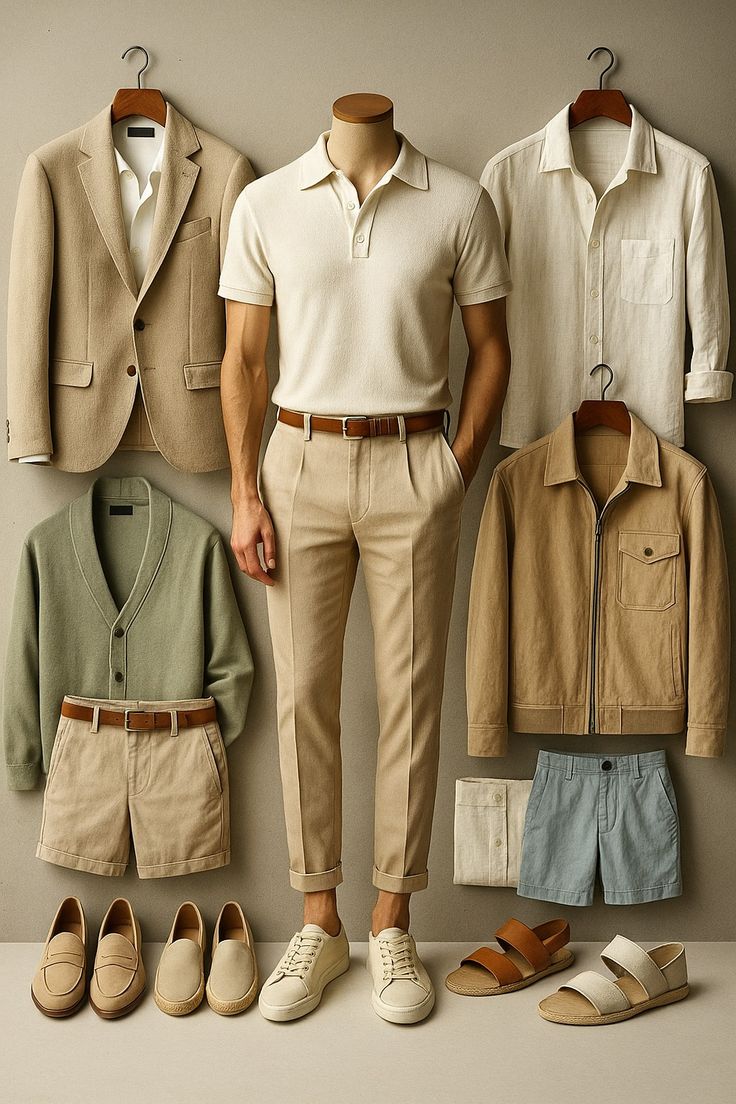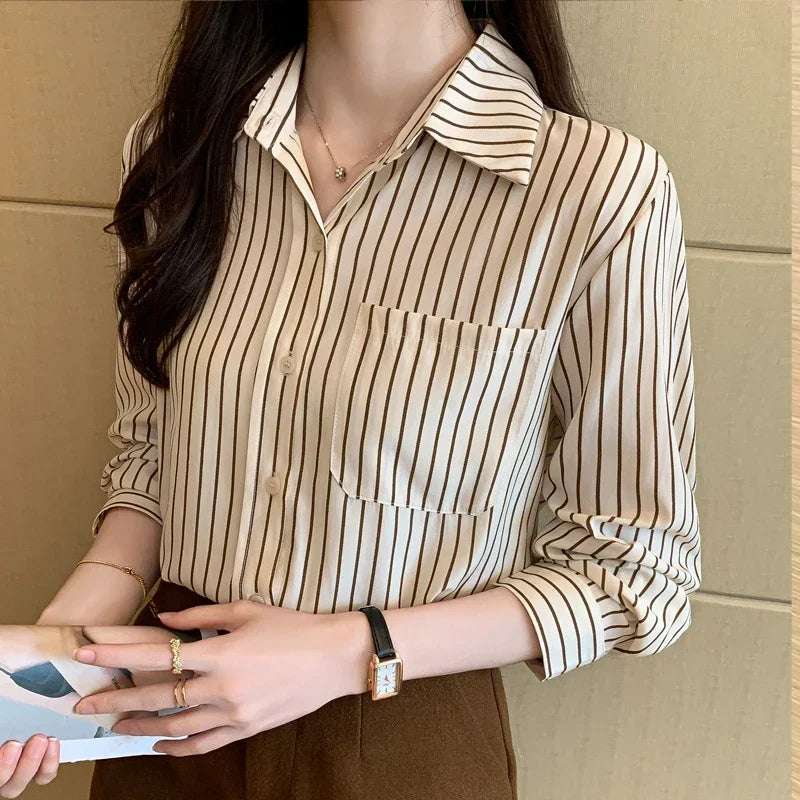
What Is Old Money Style?
Old-money style is a way of dressing that favors quiet, well-made basics over eye-catching logos or fast-moving trends. The look grew out of long-established families—often educated in Northeastern prep schools—who chose garments sturdy enough to be reword, repaired, and eventually passed down.
Today, social-media feeds call the same idea “quiet luxury,” an approach that downplays branding and spotlights fabric quality and fit. This guide explains the origins of old-money style, outlines the core wardrobe pieces every follower should own, and shows how to build outfits that whisper pedigree without overspending.
1. Where the Look Comes From
Historians link old-money style to the early-20th-century preppy subculture that surrounded elite college-preparatory schools in the northeastern United States.
(Wikipedia) Students there adopted cotton Oxfords, loafers, tweed sport coats, and muted color palettes—clothes that projected confidence without flash.
Over decades, this dress code spread to Ivy-League campuses, then to business circles, and finally into mainstream fashion. The wardrobe kept its hallmarks:
-
Quality over quantity – Buy fewer items, but choose natural fabrics and solid construction.
-
Muted colors – Navy, camel, olive, charcoal, and stone. One accent per outfit, never three.
-
Subtle branding – Horn buttons trump bold logos; monograms stay hidden.
-
Longevity – Shoes get resoled; jackets are re-lined; shirts re-collared—repair beats replace.
2. The Shirt Rotation That Anchors the Look
|
Shirt Style |
Fabric |
Why It’s Essential |
Pairs Best With |
|
White Oxford (OCBD) |
Hefty cotton weave |
Survives weekly washes; works with suits or swim trunks |
Stone chinos, penny loafers |
|
Light-Blue Poplin Spread Collar |
Fine cotton |
Sharp drape for presentations |
Charcoal trousers, navy blazer |
|
Bengal-Stripe Dress Shirt |
Poplin |
Adds quiet pattern; photographs well |
Navy flannel suit, silk knit tie |
Explore roll-collar models in our Old Money Shirts collection; single-needle stitching keeps seams flat for decades.
3. Knitwear: Two Sweaters, Year-Round
-
Navy Cashmere Crewneck – Layers over any shirt, under any sport coat.
-
Heather-Grey Merino V-Neck – Slim enough for lecture halls, warm enough for crisp evenings.
Both knits come in fine gauges so they slip beneath outer layers without bulk. Rotate the two colors through your shirts for dozens of combinations.
4. Trousers and Shorts
|
Piece |
Fabric |
Season |
Fit Tip |
|
Stone or Khaki Chinos |
Cotton twill |
All |
One-inch cuff, mid-rise |
|
Charcoal Grey Flannel Trousers |
Brushed wool |
Fall–Winter |
Side adjusters, slight taper |
|
Tailored Linen Shorts |
Linen |
High summer |
7-inch inseam, single pleat |
Browse tailored bottoms in Old Money Pants ; side-adjust tabs beat belts for a cleaner waist.
5. Jackets and Coats
5.1 Unstructured Navy Blazer
-
Half canvas, patch pockets, bronze buttons.
-
Travels from classroom to cocktails without looking overdressed.
5.2 Waxed Cotton Field Jacket
-
Water-repellent finish for rainy commutes.
-
Corduroy collar adds subtle texture.
For colder regions, consider a charcoal polo coat—double-breasted, belted, and roomy enough to layer knits.
6. Footwear Fundamentals
|
Shoe |
Upper Material |
Ideal Pairings |
Care Habit |
|
Brown Penny Loafers |
Full-grain calf |
OCBD + chinos, blazer + flannel |
Cedar trees overnight, light polish weekly |
|
White Leather Tennis Shoes |
Smooth leather |
Denim, chinos, field jacket |
Wipe after each wear, deep-clean monthly |
|
Suede Chelsea Boots |
Waterproof-sprayed suede |
Grey trousers, wool overcoat |
Brush nap, re-spray quarterly |
All three silhouettes appear in our Old Money Shoes line—each built with stitch construction that allows resolving every few seasons.
7. Color Strategy for Mix-and-Match Dressing
-
Anchor Shades: Navy, charcoal, stone.
-
Earth Tones: Camel, olive, rust.
-
Single Accent: Burgundy scarf, forest-green sock, or cream knit.
Lay garments on a flat surface; if any hue shouts louder than the rest, remove it.
8. The Power of Accessories
-
Watch: 38–40 mm, thin case, leather strap.
-
Belt: Same leather as shoes; matte buckle.
-
Scarf: Solid cashmere—camel or navy.
-
Jewelry: Discreet signet ring or slim chain tucked under a collar.
A single quality accessory outshines a drawer of novelty pieces.
9. Sample Outfits for Modern Life
|
Scenario |
Shirt |
Layer |
Trouser |
Shoe |
|
Office Casual |
White OCBD |
Navy blazer |
Charcoal flannel |
Loafers |
|
Weekend Errand |
Tattersall button-down |
Waxed jacket |
Denim |
Tennis shoes |
|
Summer Brunch |
Linen band-collar |
— |
Cream shorts |
Suede loafers |
|
Date Night |
Bengal stripe |
Grey crewneck |
Stone chinos |
Chelsea boots |
Swap layers as weather changes; the muted palette keeps everything cohesive.
10. Care & Maintenance Schedule
|
Task |
Frequency |
|
Wash shirts |
After 1–2 wears (cold, gentle) |
|
Air knits |
24 h rest between wears |
|
Condition leather shoes |
Monthly |
|
Re-wax field jacket |
Each season |
|
Dry-clean flannel trousers |
Twice per semester |
Extending each garment’s life by just nine months cuts its carbon footprint up to 30 %, a goal that dovetails with old-money thrift and modern sustainability.
11. Building Your Wardrobe in 90 Days
Month 1 – White OCBD, penny loafers, khaki chinos.
Month 2 – Navy blazer, light-blue poplin, grey flannel trousers.
Month 3 – Waxed jacket, tattersall shirt, suede Chelsea boots.
Photograph outfits weekly; check that each new piece multiplies, not duplicates, your options.
12. Common Pitfalls to Skip
-
Logo Overload – Loud branding breaks the stealth aesthetic.
-
Over-Slim Fits – Comfort and movement signal confidence; tailor to skim, not squeeze.
-
Synthetic Fabrics – Polyester pills and traps heat; choose natural fibers.
-
Seasonal Color Surges – Flash-in-the-pan shades date outfits quickly.
13. Old-Money Style in the 2020s and Beyond
Wikipedia’s Quiet Luxury entry notes a shift away from loud logos toward refined fabrics and impeccable tailoring, predicting the trend will outlast current hype cycles.
Likewise, the Preppy page documents how Ivy-League dress has evolved yet remained recognizably classic for nearly a century. (Wikipedia) As fast fashion accelerates, the appeal of evergreen garments only grows stronger.
Key Takeaways
-
Old-money style centers on quality, muted tones, and garments designed for decades of use.
-
Essential kit: three shirts, two knits, two trousers, two jackets, and three shoes.
-
Natural fabrics and subtle details trump logos every time.
-
Repair culture—resolving, re-lining, re-collaring—preserves both wallet and planet.
-
Adopt these principles, and your wardrobe will feel current today, look sharp tomorrow, and stay relevant long after trend cycles fade—no flashy logos required.



